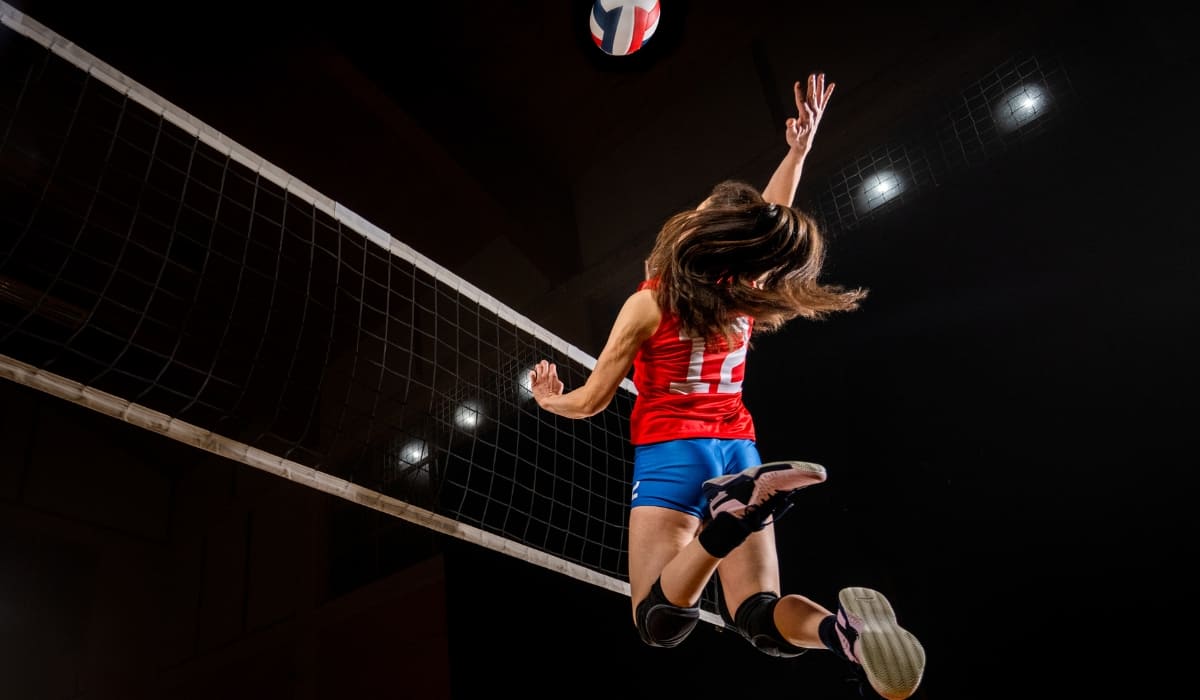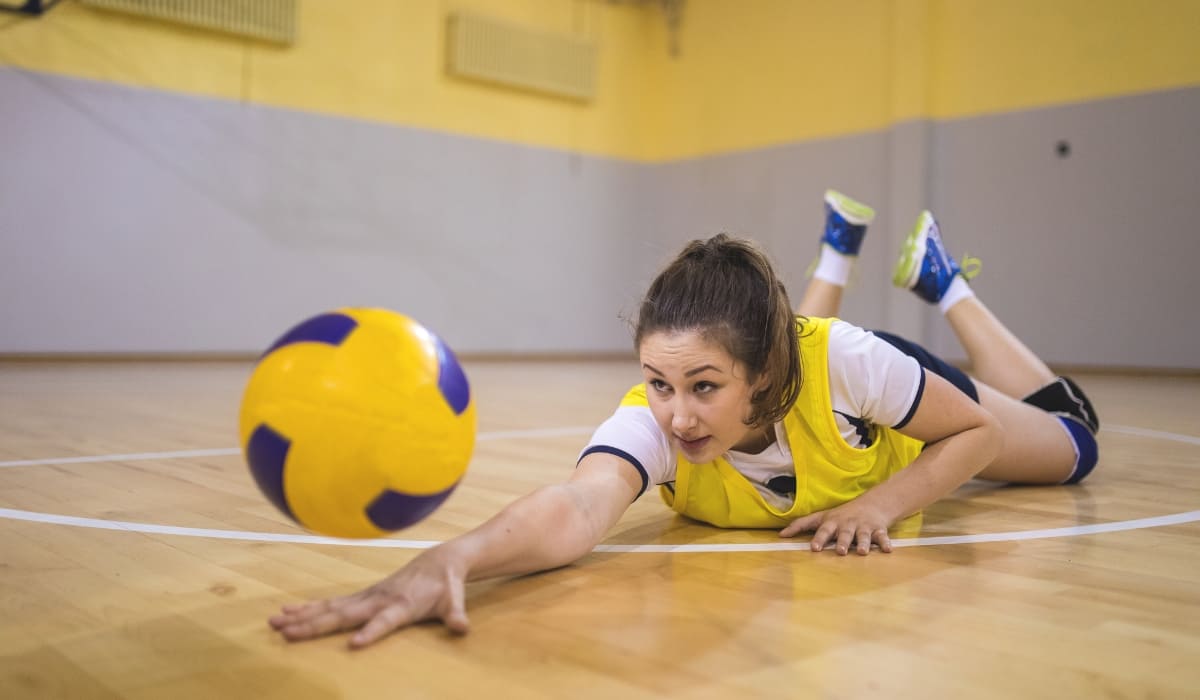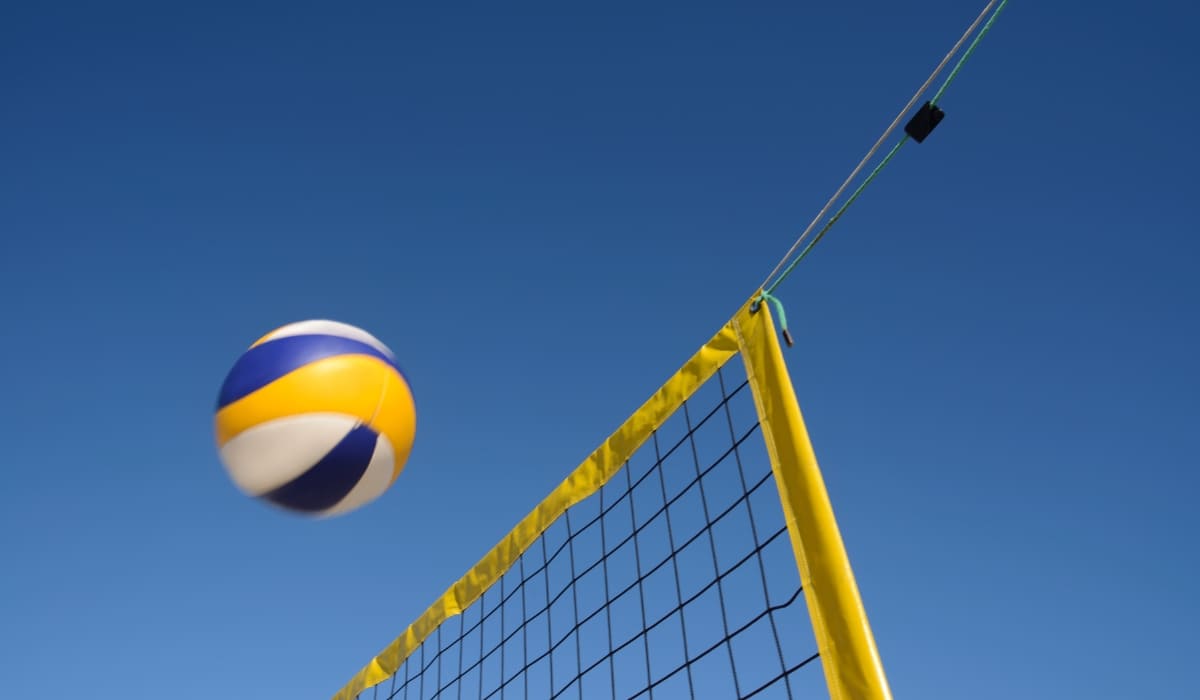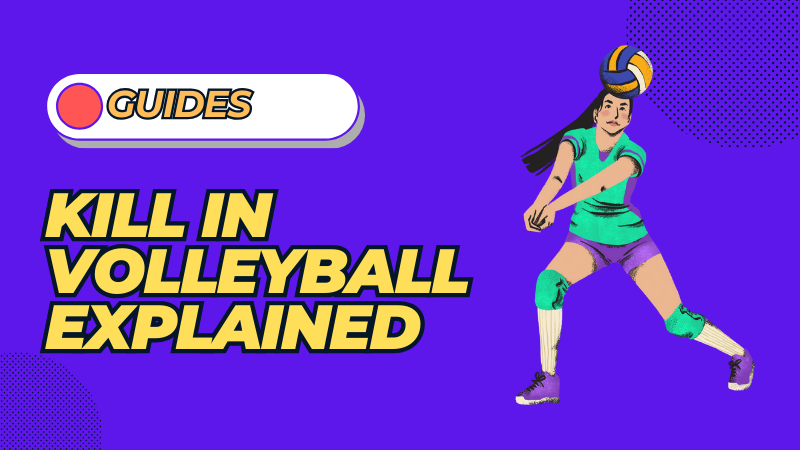When playing volleyball, a “kill” isn’t as ominous as it sounds; it’s one of the most exhilarating plays in the game. A kill in volleyball is when a player successfully hits the ball into the opponent’s court, resulting in an immediate point for their team. These moments can shift the momentum and create a psychological advantage.
Understanding the concept of “kills” goes beyond mere scoring. It’s about optimizing offensive play and decoding strategies. For players and coaches, the kill percentage is an essential metric. A kill percentage above 0.3 is considered great and reflects a player’s ability to score a point efficiently. Knowing this, teams can plan their attacks and defenses accordingly.
In a game where fractions of a second can make the difference, grasping the art of the kill can be the key to victory. Whether you’re a player trying to improve your game or a fan seeking to comprehend the exciting plays in volleyball, this article will help you discover the ins and outs of kills and kill percentages.
What is a Kill in Volleyball? Definition of a Kill Shot
A kill in volleyball is when a player hits the ball successfully into the opponent’s court, resulting in an immediate point for their team. This offensive attack can be executed through various techniques, such as spiking or tipping the ball past blockers, and it’s one of the ways to score points in a volleyball game.
In practical terms, a kill is recorded during a match when an attacker makes contact with the ball, sends it over the net and into the opposing team’s court without being touched, or when a blocking error occurs. It’s an exciting play that demonstrates a player’s skill and timing.
For example, a strong spike that lands in the opponent’s court without being returned is awarded a kill. Likewise, a clever tip that finds a gap in the defense can also result in a kill. Understanding and mastering the art of the kill can significantly enhance a player’s offensive game, and it’s a vital aspect for attacking teams aiming to gain a competitive edge.
Understanding the Volleyball Kill Percentage

The concept of kill percentage in volleyball might seem complex, but it’s a crucial statistic that offers deep insights into a player’s performance. Essentially, the kill percentage measures the percentage of attacks that result in a point. It’s calculated by dividing the number of kills by the total number of attacks, accurately reflecting a player’s offensive efficiency.
The kill percentage goes beyond just offense, though. It plays a vital role in shaping a game’s offensive and defensive strategies. A high kill percentage, for example, often signifies a player’s prowess in turning attacks into points. It indicates that the player can make successful attacks more often, becoming a key asset to the team.
On the defensive side, understanding an opponent’s kill percentage can help devise strategies to counter those strong attacks. Teams can analyze these statistics to anticipate where the opposing attackers may strike, allowing them to position defenders more effectively.
In essence, kill percentage is multifaceted, offering valuable information for individual player assessment, team planning, and game strategy. Whether you’re an avid player or just a fan of the sport, recognizing how kill percentage is utilized can add a new layer of excitement and understanding to the game of volleyball.
Also, read: How Many Players Are on a Volleyball Court?
What is the Difference Between Hitting Percentage and Kill Percentage in Volleyball?

Understanding both hitting and kill percentages in volleyball can enhance your grasp of the game’s intricate strategies. Let’s delve into the definitions and applications of these two significant statistics.
Hitting Percentage: This statistic is also known as hitting or killing efficiency. It measures how effectively a player can attack the ball, determining how many errors they make. The calculation follows:
Hitting percentage = (Number of Kills – Number of Errors) / Total Attempts.
This percentage provides a broader insight into a player’s overall attack performance, including their mistakes.
Kill Percentage: On the other hand, kill percentage solely focuses on the successful attacks that result in points. This statistic reflects a player’s effectiveness in turning attacks into scored points without considering the errors.
When it comes to practical application, imagine a player with 10 kills, 5 errors, and 20 total attacks. Their hitting percentage would be (10-5)/20 = 0.25 or 25%, while their kill percentage would be 10/20 = 0.5 or 50% (We will learn to calculate kill percentage in the next section).
In-game strategy, both percentages hold unique relevance. Hitting percentage offers a comprehensive view of a player’s attacking ability, considering both success and failure. It can help coaches identify areas of improvement. Conversely, kill percentage emphasizes the success rate, shedding light on a player’s strengths, and can be instrumental in developing offensive tactics.
In summary, while both hitting and kill percentages relate to a player’s attacking capabilities, they serve different purposes and provide distinct insights. Recognizing their differences can lead to a more comprehensive understanding of the game and more effective strategic planning on the court.
How is Kill Percentage Calculated in Volleyball?

Calculating the kill percentage in volleyball is an essential task that helps evaluate a player’s offensive efficiency. Understanding how it’s calculated can provide valuable insights into a player’s performance and the team’s overall strategy.
The formula for Calculating Kill Percentage
The formula for calculating the kill percentage in volleyball is quite straightforward:
Kill Percentage=Total Number of Kills/Total Number of Attacks
This calculation provides a ratio that illustrates how many attacks result in kills, turning into points for the team.
Step-by-Step Breakdown with Examples
Let’s break down this formula with a step-by-step example to provide a clear understanding:
- Identify the Total Number of Kills: First, determine the number of successful volleyball kills a player makes during a match or volleyball season.
- Identify the Total Number of Attacks: Next, identify the total number of attack attempts made by the same player.
- Divide Kills by Attacks: Finally, divide the number of kills by the number of attacks.
For example, if a player has a total of 10 kills and 20 total attacks during a game, the calculation would be:
Kill Percentage=10/20=0.5
This result means the player’s kill percentage is 50%, signifying that half of their attack attempts resulted in kills.
In summary, calculating the kill percentage in volleyball is a simple yet powerful metric that helps gauge a player’s effectiveness in turning attacks into points. It’s an essential tool for coaches and players alike to track performance and strategize accordingly.
How Many Kills is a Lot in Volleyball?
Understanding what constitutes a high number of kills in volleyball can provide valuable insight into a player’s performance and game dynamics. However, it’s essential to realize that the number of kills considered “a lot” can vary depending on several factors.
In a volleyball match, kills are critical for scoring points. A player with many kills can be a game-changer, contributing significantly to the team’s success. But what number of kills is considered significant?
- Amateur Level: At the amateur level, players might be building their skills, and thus, the number of successful kills might be lower. Achieving a few kills in a game might be considered a significant accomplishment, depending on the level of competition.
- High School and College Level: High school and college volleyball standards and expectations increase. Here, players with double-digit kills in a match are often seen as top performers. A kill percentage of 50% or higher is usually considered very good.
- Professional Level: Professional volleyball takes it to another level, where even more kills are expected. Players at this level often have high kill percentages, some reaching or exceeding 60%. This standard represents excellence in the game and distinguishes the player as an elite attacker.
The number of kills considered “a lot” in volleyball is a relative measure, varying with the level of play, the competition, and other contextual factors. Understanding these differences helps evaluate players and games more accurately and contributes to the development and strategy of the sport at various levels.
Whether you’re a coach, player, or fan, recognizing the significance of kills across different contexts enhances your appreciation and understanding of the game.
How Do You Get a Good Kill in Volleyball?

Getting a good kill in volleyball is a complex and thrilling moment that can give a team the edge it needs. Achieving this requires skill, teamwork, and an understanding of the game. Let’s break down the essential elements:
The Importance of Positioning
- Understanding the Court: A player must know their position to get a good angle for a kill. Being in the right place at the right time allows a player to make a powerful and accurate hit.
- Reading the Opponents: Recognizing the opponents’ formation and finding gaps in their defense can pave the way for a successful kill.
The Role of Setters in Setting Up a Kill
- Setting the Ball: The setter plays a vital role in setting up the ball for the attacker. A well-timed and accurate set enables the attacker to approach the ball with the right trajectory and speed.
- Communication with Attackers: The coordination between the setter and the attacker must be precise. Good communication allows the setter to place the ball where the attacker can best utilize their strength and skill.
Techniques for Spiking the Ball Effectively
- Proper Technique: Practicing proper spiking techniques is crucial. This includes the approach, jump, arm swing, and wrist snap. Each of these elements contributes to the power and accuracy of the spike.
- Situational Awareness: Knowing when to spike hard or use a softer touch like a tip or dink can make the difference in earning a kill. Adapting to the situation is as important as executing the technique itself.
Achieving a good kill in volleyball is a result of various interconnected aspects. Each element plays a part in making a successful kill, from positioning and the critical role of setters to mastering effective spiking techniques.
These insights not only guide players in their practice but also enrich the viewer’s understanding, adding to the excitement and appreciation of the sport. Whether a seasoned player or a fan eager to understand the game better, recognizing these facets of a kill brings a deeper connection to the thrilling moments that define volleyball.
Conclusion
Kills in volleyball are more than just exciting plays; they hold significant value in shaping the game’s outcome. Players can leverage this critical offensive attack to score points and pressure the opposing team by understanding what a kill is and how it’s recorded.
The distinctions between kill percentage and hitting percentage, the ways to calculate and interpret these stats, and the various strategies for improving kill efficiency all point to the intricate and strategic nature of the game. From positioning and teamwork to technical skills, many elements combine to make a successful kill.
As a volleyball player, the journey to mastering the art of the kill is continuous. Emphasizing proper training, communication, mental preparation, and adaptation to the game’s evolving dynamics can lead to remarkable improvements.
Whether an amateur or a professional, embracing these insights can elevate your game, making every spike, dig, or block attempt a step toward a victorious match. It’s all about honing your skills, understanding the nuances, and playing with the passion and precision that makes volleyball a thrilling sport.

